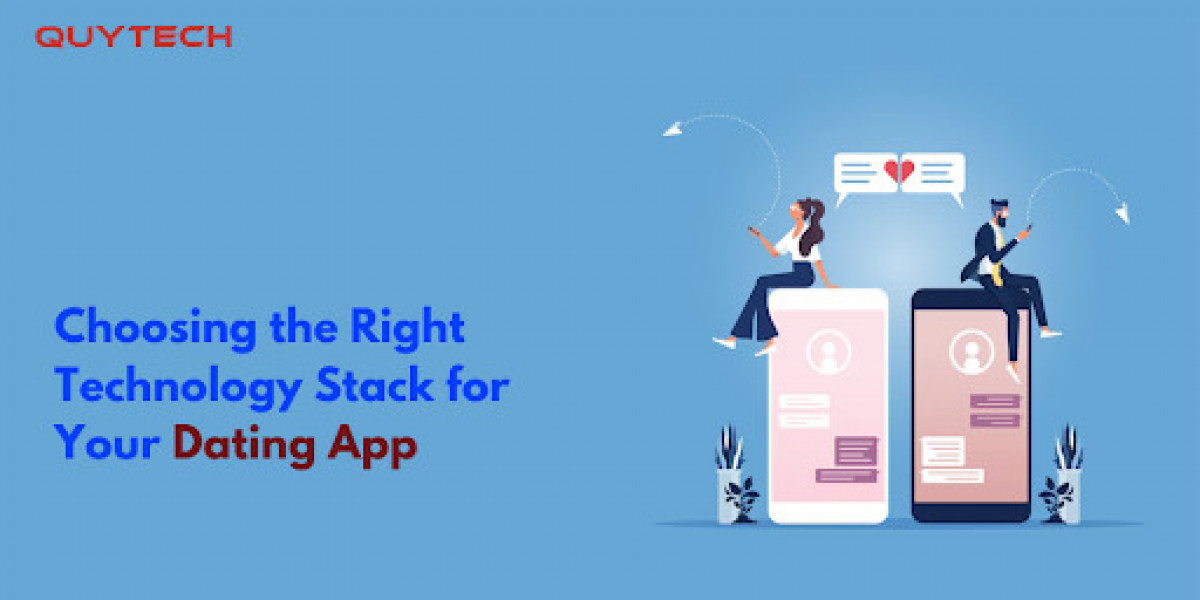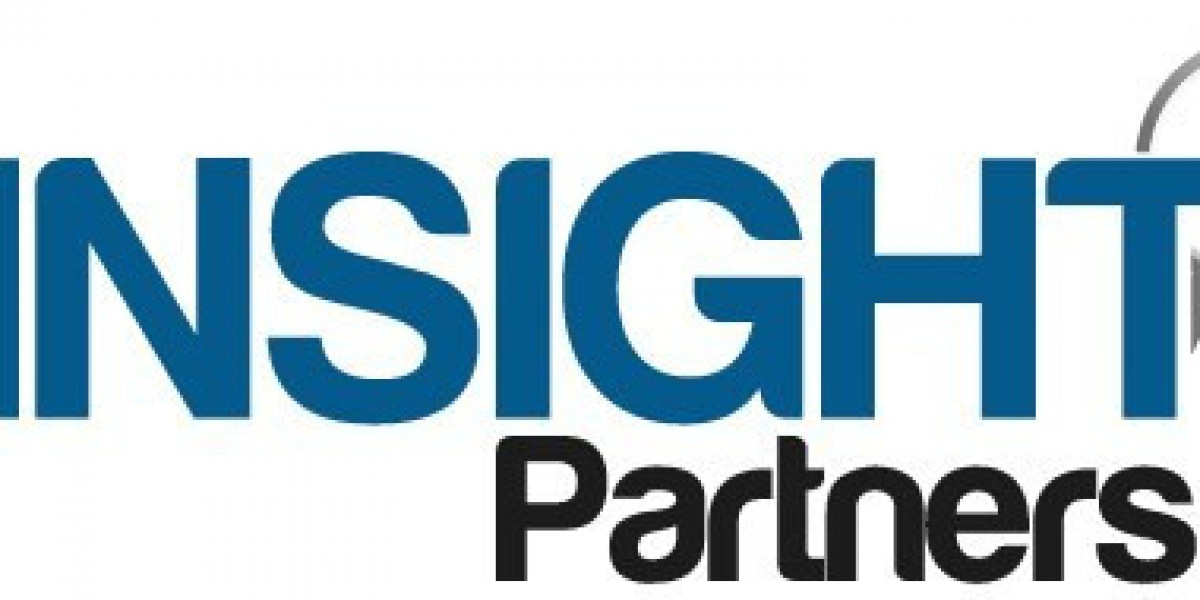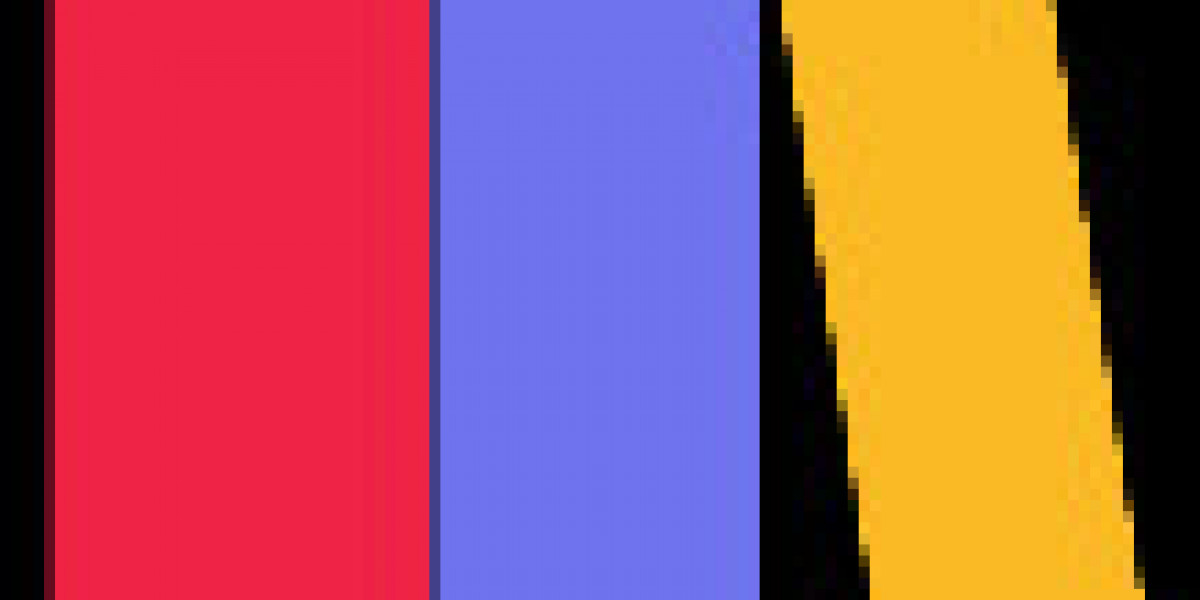In a world where digital connections are becoming increasingly important, dating apps have surged in popularity. These apps are a modern gateway to finding love, companionship, or even just a fun night out. But, if you're considering creating your dating app, you might be wondering how to choose the right technology stack to make your vision come to life. Let's dive into the world of dating app development and explore what you need to consider when selecting the perfect technology stack.
Understanding the Essentials
Before we delve into the tech stack, it's essential to understand what a dating app typically comprises. A dating app typically consists of the following elements:
User Profiles: Users need to create and manage their profiles, including personal information, photos, and preferences.
Matching Algorithm: The core of the app, this algorithm connects users with potential matches based on their preferences and behavior.
Messaging System: Users should be able to chat with their matches and potential dates.
Geolocation: This is crucial for showing users potential matches in their vicinity.
Push Notifications: To keep users engaged and informed about potential matches or messages.
The Tech Stack Unveiled
Now, let's explore the technology components you should consider:
1. Backend Development:
Programming Language: Popular choices include Python, Ruby on Rails, and Node.js for flexibility and scalability.
Database: Use relational databases like PostgreSQL or NoSQL databases like MongoDB.
Server: Choose from cloud-based services like AWS, Google Cloud, or Azure to ensure scalability and reliability. You can also fintech app development company for creating mobile apps.
2. Frontend Development:
Mobile Platforms: Decide whether you want to develop for Android, iOS, or both (using cross-platform solutions like React Native or Flutter).
Framework: Use React Native, Swift, or Kotlin to build a user-friendly and responsive interface.
UI/UX Design: Hire a professional to ensure a clean and appealing design.
3. Matching Algorithm:
Machine Learning: Implement machine learning libraries and frameworks (e.g., TensorFlow, PyTorch) to create an effective recommendation system.
Data Storage: Efficiently store user data and preferences to improve matching accuracy.
4. Messaging System:
WebSockets: Use WebSockets for real-time chat features.
Third-Party APIs: Consider incorporating third-party chat platforms for quick implementation.
5. Geolocation:
GPS and Geo-Databases: Use GPS integration and geo-databases like Google Maps or Mapbox to enable location-based matching.
6. Push Notifications:
Firebase Cloud Messaging (FCM): FCM is a reliable option for sending push notifications to both Android and iOS devices.
Apple Push Notification Service (APNs): Use APNs for iOS devices. You can consult the best mobile app development company to get more information on dating apps and their other features.
Key Considerations for Your Dating App Tech Stack
Scalability: Ensure your technology stack is capable of handling increased user traffic as your app grows. Cloud-based services can help with this.
Security: Security is paramount in dating apps. Protect user data and privacy with encryption and robust security measures.
Data Storage: Efficient storage and retrieval of user data and preferences are essential for the matching algorithm's accuracy.
Real-Time Features: If you're building real-time chat and notifications, opt for technologies that support low-latency communication.
Also read: How Much Does Dating App Development Cost?
Cross-Platform Compatibility: Consider the benefits of cross-platform development tools for reaching a wider audience on both Android and iOS.
Costs: Determine your budget and balance it with the technologies you choose. Some technologies may have licensing or subscription costs.
User Experience: Invest in user-friendly design and a seamless user experience to keep users engaged and returning to your app.
Final Thoughts
Selecting the right technology stack for your dating app is a crucial decision. It impacts your app's performance, scalability, and ultimately, its success. Take your time to evaluate your specific project needs, consider the factors mentioned above, and consult with experienced dating app developers to ensure that your dating app's technology stack is tailored to your vision. With the right choices, your dating app can create connections and bring people together in meaningful ways.








